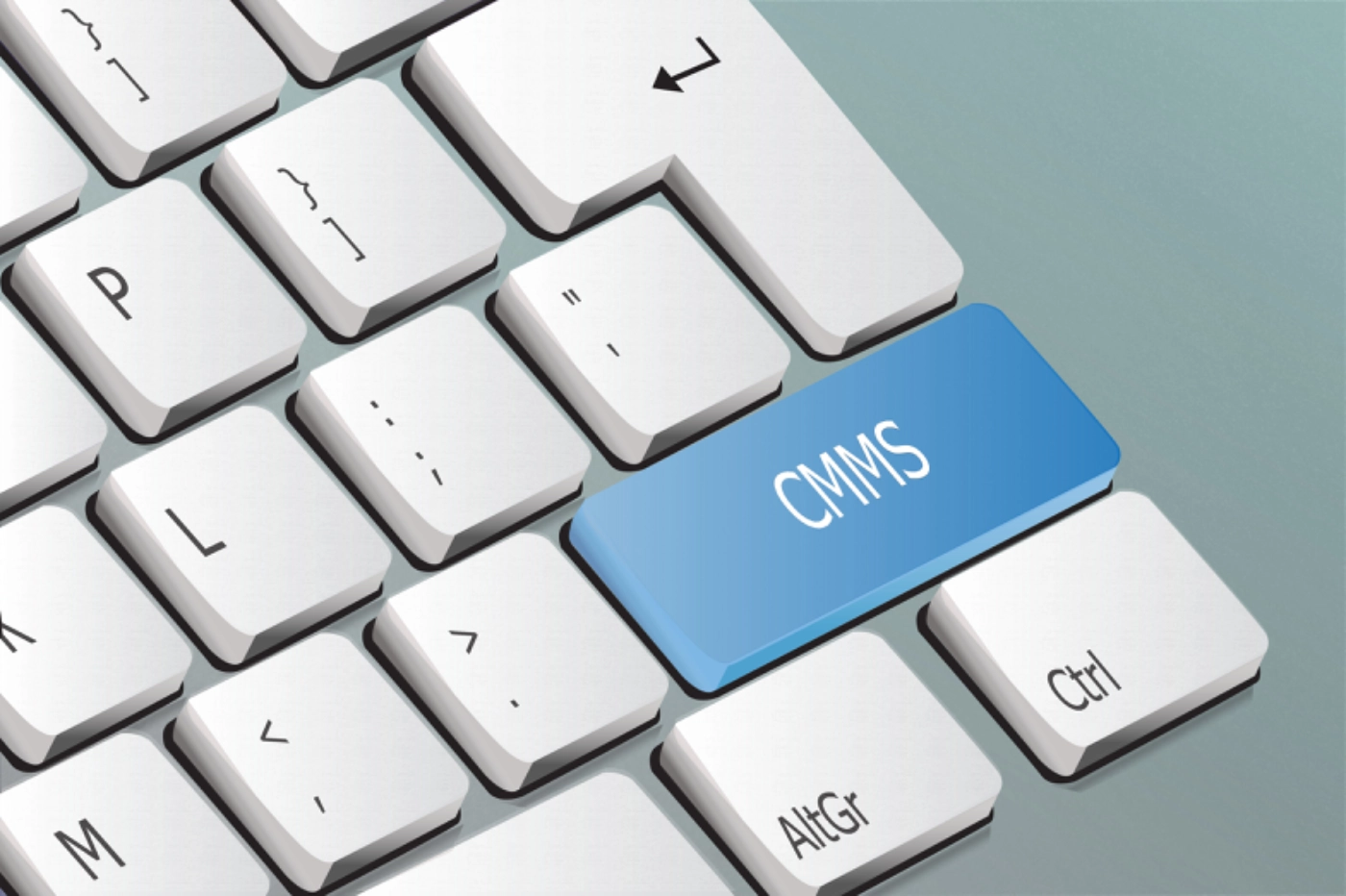
Picture an office without piles of paper—just digital systems that make everything run smoothly. When employees don't have to handle manual tasks, like searching through stacks of paper for the right work order, they can focus on bigger projects that need more attention and creativity. The result is better outcomes and a more efficient workflow.
This situation can become a reality when you move to a paperless system. However, only 18% of companies are truly paperless. Most still rely on both paper and digital systems. You might hesitate to fully switch because of concerns about cost, training, or the time needed to make the change. Luckily, these concerns are reasonable but easy to solve.
In this article, we’ll help you navigate the journey to becoming paperless. We’ll take a closer look at paperless work order systems, why you should avoid traditional work orders, key features to look for in a paperless work order system, and how various members of your team will benefit.
What is a paperless work order system?
A paperless work order system is a digital tool that manages organizational tasks, jobs, and requests without paper. It replaces traditional paper-based systems with electronic processes. Tasks are instead created, assigned, tracked, and completed with software on computers, tablets, or smartphones.
A paperless system generates work orders electronically using a centralized digital platform, like a computerized maintenance management system (CMMS). This system can automatically assign each task to the appropriate team, track real-time progress, and store all information in one place for easy access.
Digital work orders are easier to organize, update, and share. They also reduce manual paperwork, speed up communication, and improve accuracy since you can update information instantly.
What’s wrong with traditional work orders?
It's easy to assume that traditional work orders leave a better paper trail for audit and review purposes. Many executives may also have cybersecurity concerns if their documents are no longer paper. However, the many benefits of a paperless system outweigh the risks, and these risks are fairly easy to mitigate.
To put these benefits into perspective, Magna International faced challenges with their paper-based system at their Cosma facility. Printing, stapling, distributing, and collecting 300-500 work orders weekly took up a significant amount of their employees’ time. After switching to a paperless system from MaintainX, they saved over 1,560 hours per year.
Here are some of the downsides to staying in a paper-heavy office.
Inefficiencies
Paper-based systems slow things down and make it harder to keep information clean and readable. For instance, if you work in a manufacturing facility, it’s easy to get grease or oil on paper work orders, making them hard to read. You also need pens and clipboards to fill them out, which are extra things to keep track of.
Digital work orders are always readable; all you need is your device. Therefore, you’ll have less clutter to deal with, which makes the whole process faster and easier.
Misplaced documents
Losing important documents can cause major disruptions in your maintenance operations. For example, if a paper-based maintenance work order goes missing, the repair team won't know what needs to be fixed and there will be longer equipment downtime.
Time-consuming processes
Manual processing steps create extra administrative tasks and slow down operations. Tasks such as data entry, document handling, and manual verification all take additional admin time and increase the chance of errors.
When you switch to paperless, you will reduce the need for these administrative tasks, giving employees more time to focus on other work.
As another example of how paperless work orders save time, BioKyowa benefited from paperless work orders by reducing the time it took to gather signatures for audits and inspections. Before going paperless, their maintenance techs had to wait for in-person signatures, which could take up to an hour.
Now, using the digital system, BioKyowa can gather signatures in seconds. Technicians no longer need to track down supervisors for in-person signatures. Instead, they simply send a request through the system, and the supervisor can sign it immediately from anywhere.
Data errors
When transcribing a paper document into a spreadsheet, it's easy to make a typo or misread someone's handwriting. Such errors can quickly lead to confusion.
By contrast, a digital work order can be adjusted within a few clicks. Plus, real-time updates ensure everyone can access the latest version without the time or cost of redistribution.
Higher cost
Paper documents come with additional costs, such as filing cabinets, paper manufacturing orders, and paper supplies, such as printers and writing tools. Digital solutions cut these expenses. Over time, the cost savings from going digital will quickly add up simply because these expenses are removed.
Messy desks
Having documents floating loosely across your desk can quickly get out of hand. In this situation, it becomes harder to find the documents you need. Disorganized desks can also negatively affect employee morale and client perception. You won’t have loose copies covering your desk if you don't use paper documents.
Paperless maintenance management processes
A computerized maintenance management system (CMMS) is a digital platform designed to streamline and automate maintenance operations. By transitioning from paper-based systems to CMMS, you can manage work orders, inventory, and maintenance schedules much more efficiently.
Furthermore, depending on which CMMS you choose, it will be accessible on both desktop and mobile devices. Having this flexibility lets your team quickly access important information and make updates, regardless of whether they are at your office or on-site.
Here are some examples of why going paperless benefits organizations across many industries.
Going paperless in manufacturing
In manufacturing, a CMMS can reduce downtime and improve equipment reliability. Real-time data tracking helps monitor equipment performance and anticipate maintenance needs, providing valuable insights for efficiently planning maintenance activities. You can also set up automated preventive work orders using this same data.
Going paperless in property management
A CMMS helps property managers centralize maintenance requests. You can track work orders and automatically schedule preventive maintenance tasks. For example, if a tenant submits a request to fix a leaky faucet, the system can automatically assign the task to the appropriate technician and track its progress to completion.
This paperless approach enhances tenant satisfaction by addressing issues more quickly and ensuring that your properties remain in optimal condition.
Going paperless in facilities management
Facilities managers can use a CMMS to maintain detailed records of assets, inspections, and compliance requirements. By going paperless, your facilities management teams can provide timely maintenance and improved efficiency.
Going paperless in hospitality
Hotels and resorts can maintain high standards of service and safety by efficiently managing repairs and preventive maintenance through a paperless work order system. A CMMS tracks both tasks and work orders, which helps your team resolve maintenance requests faster.
Going paperless in education
Educational institutions can streamline their maintenance processes by adopting a CMMS to manage campus facilities. Going paperless reduces administrative burdens and allows maintenance teams to spend more time focusing on providing a safe environment for students and faculty.
Going paperless in fleet management
Fleet managers can use a CMMS to monitor vehicle maintenance, track service history, and schedule preventive maintenance activities. Paperless work orders also help reduce parts costs by tracking part lifecycles in real-time. When you eliminate paper, managers can instantly access accurate data on how long parts have been in use.
Key features to look out for in a paperless work order system
Mobile compatibility
Mobile compatibility is critical for any paperless work order system. Frontline workers may need to access information quickly and efficiently while on the job. Technicians can use their mobile devices to receive, update, and complete work orders even when away from the main office.
MaintainX offers a mobile-native platform designed specifically for ease of use in the field. Workers can track tasks in real-time and take photos to document progress, all within the app.
Real-time access to information
Paperless work order management software should provide real-time updates to ensure teams stay informed and responsive to changing priorities. As changes occur, workers can instantly see updates to schedules, task priorities, or even comments from their supervisors.
Meters and IoT compatibility
Integration with meters and IoT devices allows you to automate condition-based maintenance. This feature reduces unnecessary maintenance tasks and improves overall asset performance. For instance, a connected meter can automatically alert the system when a piece of equipment exceeds its usage threshold. Once the alert is received, the maintenance software tool can automatically create a work order.
MaintainX’s system automatically creates work orders when IoT sensors or meters detect that assets aren't working properly. All you need to do is tell the system how you define optimal conditions.
Automated asset tracking and analytics
Automating asset tracking and generating analytics allows organizations to use data to make informed decisions about maintenance operations. For example, maintenance managers can view performance dashboards to see whether preventive maintenance is happening on time and identify areas for improvement.
MaintainX provides detailed reports without the need for manual data collection. Our software uses AI-powered estimates to help you predict how long certain tasks will take.
How paperless work orders benefit different roles
Executives
Digital work orders consolidate data from multiple locations into a single platform. Therefore, executives can quickly access all the data they need without searching for papers or through other systems. This quick access allows them to make strategic decisions at maximum efficiency.
Technicians
All necessary task details, such as instructions, equipment history, and safety protocols, are readily available on mobile devices or the cloud. This access reduces downtime, ensures accuracy, increases task efficiency, and supports better communication between technicians and maintenance management.
Maintenance managers
Maintenance managers can use digital work orders to organize, assign, and track tasks in real-time. This visibility enables better management of technician workloads and task prioritization. Paperless work order systems also simplify audits by giving you easy access to detailed maintenance records and historical data.
EHS professionals
Paperless work orders make compliance management easier for Environmental, Health, and Safety (EHS) professionals. They can quickly retrieve safety records, inspection logs, and incident reports. This streamlined documentation process reduces the risk of missing important compliance deadlines and simplifies internal and external audits.
Going paperless with MaintainX is easy
When you choose MaintainX, everything you need from maintenance software is available in one easy-to-use app. Everything is organized and easy to access, so your team can work more efficiently without wasting time searching for details. Our app also includes a pre-filled template to further streamline your operations.
Book a tour today to see exactly how MaintainX means a 53% higher work order completion rate.
Paperless work order FAQs
Is it hard to switch to a paperless work order system?
Digitizing documents isn't a difficult process, but it can be time-consuming if you have a lot of paper records to digitize. However, most companies find the transition very manageable with proper planning and training.
Can a paperless work order system integrate with other tools?
A paperless work order system can easily integrate with various tools, such as asset management software, ERP systems, and other business applications. You can choose which integrations best suit how you perform maintenance management.
How does a paperless work order system improve operational efficiency?
A paperless work order system can significantly improve operational efficiency by automating tasks, reducing manual data entry, and streamlining communication. It also allows for real-time tracking and easier data retrieval.
How does MaintainX improve my work order management?
MaintainX enhances work order management by allowing you to see new requests immediately and assign them to the right team or technician. You can prioritize tasks and track their progress from start to finish.

The MaintainX team is made up of maintenance and manufacturing experts. They’re here to share industry knowledge, explain product features, and help workers get more done with MaintainX!




.jpg)


.jpeg)
.jpeg)
.jpeg)
.jpeg)









